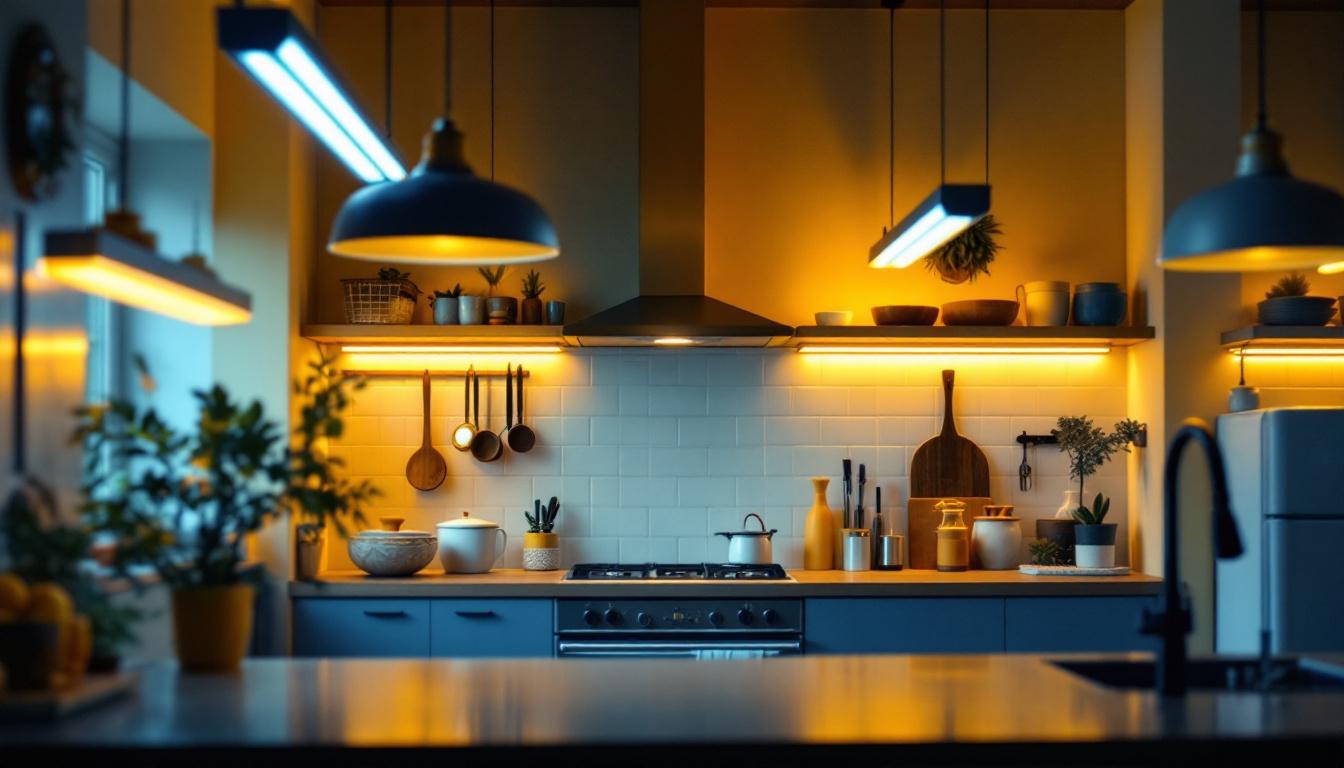
In the realm of electrical installations, wall plug outlets serve as a fundamental component that often goes unnoticed. However, for lighting contractors, understanding the nuances of these outlets is crucial for ensuring efficient and effective installations. This article delves into the significance of wall plug outlets, their various types, and how they can impact the quality of lighting projects.
Wall plug outlets, also known as receptacles, are electrical devices that allow for the connection of electrical appliances to the power supply. They are typically mounted on walls and provide a convenient means for powering lights, tools, and other devices. For lighting contractors, the choice and placement of these outlets can significantly influence the functionality and aesthetics of lighting installations.
There are several types of wall plug outlets available, each designed for specific applications. Familiarity with these types is essential for lighting contractors to make informed decisions.
The placement of wall plug outlets can greatly affect the functionality and aesthetics of lighting installations. Proper positioning ensures that lights are easily accessible and can be effectively controlled. For instance, placing outlets near light fixtures allows for easy connection and reduces the need for extension cords, which can create hazards.
Moreover, strategic placement can enhance the overall design of a space. Outlets that are discreetly integrated into the architecture can maintain a clean and uncluttered appearance, while still providing the necessary functionality for lighting systems.
In addition to aesthetic considerations, the location of outlets can also impact energy efficiency. By positioning outlets in areas where they are most frequently used, contractors can minimize energy waste and promote sustainable practices. For example, having outlets near workspaces or entertainment areas encourages users to plug in devices directly, rather than relying on battery power or inefficient extension cords. This not only conserves energy but also extends the lifespan of electrical devices by ensuring they receive stable power.
Furthermore, understanding local building codes and regulations is crucial when planning outlet placement. Many jurisdictions have specific requirements regarding the number and type of outlets that must be installed in various spaces, particularly in kitchens and bathrooms where safety is paramount. Lighting contractors must stay informed about these regulations to ensure compliance and to provide clients with safe and effective lighting solutions.
Adhering to electrical codes and safety standards is paramount for lighting contractors. Wall plug outlets must meet specific regulations to ensure the safety of installations. Understanding these codes is essential to avoid potential hazards and ensure compliance.
The NEC outlines various requirements for wall plug outlets, including their placement, spacing, and grounding. For example, outlets must be installed at specific heights and distances from other fixtures to minimize the risk of electrical shock and ensure accessibility.
Additionally, the NEC mandates that GFCI outlets be installed in wet or damp locations. Lighting contractors must be aware of these guidelines to ensure that their installations are safe and compliant with local regulations. This includes areas such as kitchens, bathrooms, and outdoor spaces, where moisture can create hazardous conditions. Furthermore, the NEC emphasizes the importance of using tamper-resistant outlets in residential settings to prevent accidental electrocution, particularly in homes with young children.
Proper grounding is essential for all electrical installations, including wall plug outlets. Grounding helps to prevent electrical shock and equipment damage by providing a safe path for excess current. Lighting contractors should ensure that all outlets are correctly grounded and that circuit protection devices, such as breakers or fuses, are in place to prevent overloads.
In addition to grounding, it is crucial for contractors to understand the importance of using surge protection devices (SPDs) in their installations. SPDs can safeguard electrical systems from voltage spikes caused by lightning strikes or power surges, which can otherwise lead to costly equipment damage or data loss. By integrating SPDs into their designs, lighting contractors not only enhance the safety of their installations but also extend the lifespan of the electrical systems they install. Moreover, regular inspections and maintenance of these systems are vital to ensure ongoing compliance with safety standards and to address any potential issues before they escalate into serious problems.
In today’s environmentally conscious world, energy efficiency is a top priority for many lighting contractors. Wall plug outlets play a significant role in achieving energy-efficient lighting solutions. The shift towards sustainable practices not only benefits the environment but also aligns with the growing demand from consumers for greener alternatives. As awareness of climate change and energy conservation rises, contractors are increasingly tasked with finding innovative ways to meet these expectations.
When selecting lighting fixtures, contractors should consider energy-efficient options such as LED lights. These fixtures consume significantly less energy than traditional incandescent bulbs and can be easily integrated with wall plug outlets. Additionally, LED lights have a longer lifespan, which means fewer replacements and less waste over time. By promoting the use of energy-efficient lighting, contractors can help clients reduce their energy bills and carbon footprint. Furthermore, the versatility of LED technology allows for a wide range of applications, from residential to commercial spaces, making it an ideal choice for diverse projects.
Smart outlets and lighting controls can further enhance energy efficiency. By allowing clients to control their lighting remotely or set schedules, these technologies can reduce unnecessary energy consumption. For instance, motion sensors can automatically turn lights off when a room is unoccupied, while dimmers can adjust brightness based on the time of day or activity level, optimizing energy use. Lighting contractors should stay informed about the latest smart technologies and how they can be integrated into wall plug outlets to provide clients with modern, energy-efficient solutions. Moreover, the integration of smart home systems not only improves convenience but can also provide valuable data on energy usage patterns, helping homeowners make informed decisions about their energy consumption habits.
Beyond functionality, the design of wall plug outlets can also impact the overall aesthetic of a space. Lighting contractors should consider various design elements when planning outlet installations.
Wall plug outlets are available in a variety of colors and styles, allowing contractors to choose options that complement the design of the space. For instance, white or ivory outlets may blend seamlessly into a neutral color scheme, while decorative outlets can serve as a design feature in more vibrant settings.
Additionally, contractors should consider the finish of the outlets. Options such as brushed nickel or matte black can add a modern touch to contemporary spaces, while traditional styles may be more suitable for classic designs.
Accessibility is another crucial factor when designing outlet placements. Outlets should be positioned at heights that are easy to reach, especially for individuals with mobility challenges. By prioritizing accessibility, lighting contractors can enhance the user experience and ensure that all clients can effectively utilize their lighting systems.
As technology continues to evolve, lighting contractors must consider future-proofing their installations. Wall plug outlets can play a key role in ensuring that lighting systems remain adaptable to new technologies and trends.
When designing lighting installations, contractors should anticipate potential upgrades. This may include installing additional outlets to accommodate future lighting fixtures or integrating smart technology that can be easily updated as new products become available.
By planning for upgrades, contractors can provide clients with installations that are not only functional but also capable of evolving with their needs over time.
Keeping abreast of industry trends is essential for lighting contractors. This includes staying informed about new outlet technologies, energy-efficient products, and design innovations. By understanding these trends, contractors can offer clients cutting-edge solutions that enhance both functionality and aesthetics.
Wall plug outlets may seem like a small detail in the grand scheme of lighting installations, but their importance cannot be overstated. For lighting contractors, understanding the various types of outlets, their placement, and their compliance with safety standards is crucial for successful projects. Additionally, considerations for energy efficiency, design, and future-proofing can significantly enhance the overall quality of lighting installations.
By prioritizing these aspects, lighting contractors can ensure that their work not only meets client expectations but also adheres to industry standards and trends. Ultimately, the thoughtful integration of wall plug outlets into lighting designs can lead to safer, more efficient, and aesthetically pleasing environments.
Ready to elevate your lighting installations with the highest quality outlets and fixtures? Look no further than LumenWholesale, where we provide lighting contractors with spec-grade products at unbeatable wholesale prices. Say goodbye to middleman markups and hello to a vast selection of reliable, high-performance lighting essentials that meet the most rigorous industry standards. Plus, with free shipping on bulk orders, you can stock up on everything you need while enjoying the best value. Don’t compromise on quality or cost. Discover wholesale lighting at the best value today and light up your projects with confidence.

Discover expert insights from top lighting contractors on kitchen fluorescent light fixtures.

Unlock the secrets of LED lamp bulbs with our comprehensive guide tailored for lighting contractors.

Discover why exterior solar-powered wall lights are becoming essential for lighting contractors.

Discover how sensor outdoor lights can enhance your business with our comprehensive guide tailored for lighting contractors.